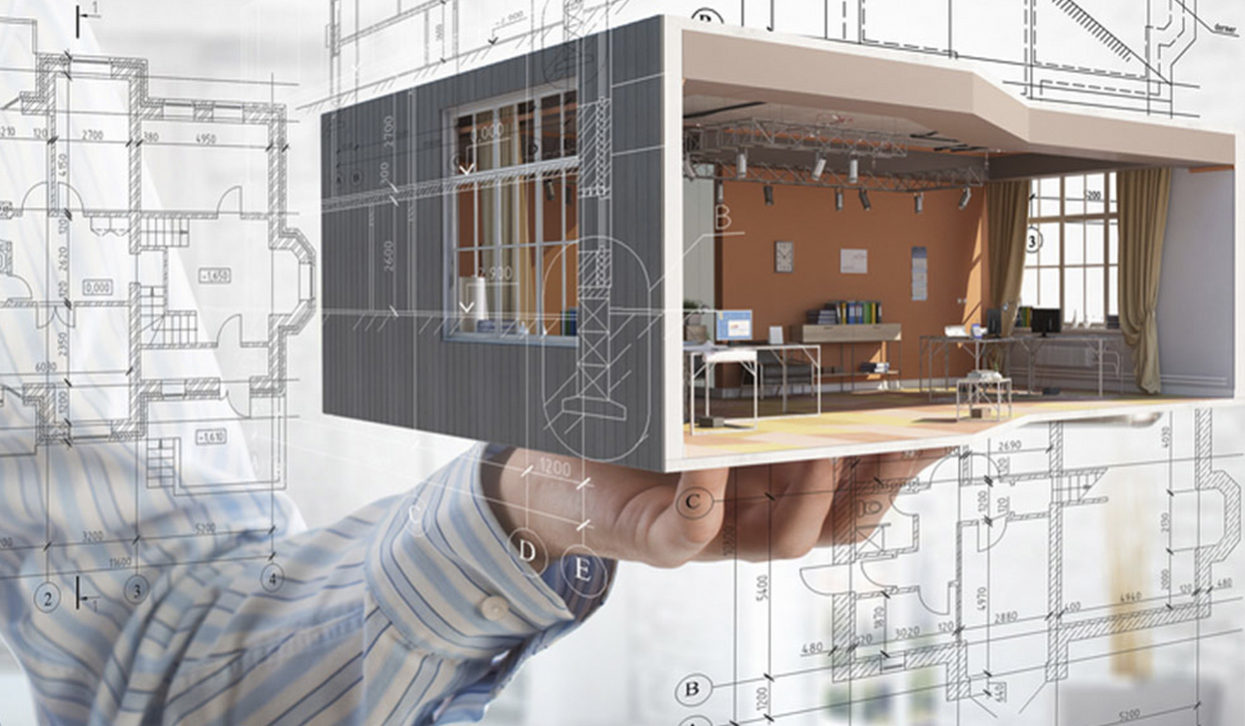

- #Revit software for interior design class how to
- #Revit software for interior design class series
What is your desired Width and Height in inches?. However, if you intend to create a higher quality image for a presentation (either printed or PDF), then 200 DPI would be the lower limit while 300 DPI would give you the best results. If an image is intended to be shared on the internet, then 72 DPI would be acceptable. So, what is an acceptable quality resolution or DPI for a rendering? Well, that all depends on the purpose of your image. Rendering Quality is measured in DPI or PPI and is calculated by the size of the image X the resolution required. PPI - pixels per inch (new-school way of describing resolution) Same as DPI. How many pixels appear in every INCH of your image. Resolution - how much detail (measured in pixels using DPI or PPI) an image contains.ĭPI - dots per inch (old-school way of describing resolution). Pixels - open an image in Photoshop and zoom in closely. Rendering - is a computer-generated image of a 2D or 3D model using computer software in order to create 3D renders of your Revit designs, it is important to determine what quality you are after.įirst, let's break down some rendering terminology : I'll share some best practices for renderings in Revit. So everyone wonders, 'How do I get the best quality renderings in Revit'? These terms determine the overall quality of the images you generated in your rendering software. It all boils down to PPI, DPI, Resolution, Rendering Quality, etc. Perhaps you used Photoshop and increased the resolution thinking that somehow this would make the renderings better ( NEWSFLASH, it actually makes renderings WORSE). Have you ever spent several weeks on a project, created renderings and your images turned out terrible when used in a presentation? Every image looks pixellated, blurry, fuzzy or worse. Get started now and have everyone's head spin when they see your projects! As you can see, there are plethora of methods available to provide your clients with the presentations they need to review your projects, share with community members, civic and business leaders and fundraising efforts. These can be then be shared with clients via email, hosted on websites, shared in your Blog posts, etc. In a few minutes, you can upload your panoramas to the web. First, create your panoramas in programs using Autodesk's cloud rendering service directly from within Revit, use rendering programs like 3ds Max, V-Ray or live-rendering Revit plugins like Enscape3D, Twimmotion or Lumion. Google offers a similar online toolkit using its Tour Creator website. When combined with inexpensive products like Google Cardboard, suddenly virtual reality is in the palm of anyone's hand without resorted to expensive hardware like Facebooks' Oculus Rift and/or HTC VIve Cosmos VR headset. 
to name a few. These websites present immersive, panoramic tours of your projects while allowing clients to experience your designs in 360 degree presentations. These include websites like Eyesp圓60.com,, , etc. Several websites exist that allow Revit users to upload their panoramas to the web. Make all fields under Baluster Family= NONE (see image below). Select outside railing and do the following:Ĭhoose DUPLICATE and rename copy: Railing Handrail – Pipe Wall ExtensionĬhoose EDIT button under Baluster Placement: Outside railing is assigned to Railing Handrail – Pipe styleĪdditional steps are required to end the handrail at wall (outside railing) with pipe extension Inside railing is assigned to Railing Guardrail – Pipe style The following steps describe an exit stair with two railings, one against a wall (inside) and the other freestanding.
#Revit software for interior design class how to
I will begin by explaining how to convert your typical railing into a wall-mounted solution.
#Revit software for interior design class series
I will provide a series of blog posts that I hope will better explain how this process works in Revit. When combined with editing stairs, I would have to agree that a majority of my students (and professionals) have the most difficult time with this process.

In fact, some may think that process is more complex than customizing a curtain wall system. Modifying railings is not always the easiest task to accomplish in Autodesk's Revit.







 0 kommentar(er)
0 kommentar(er)
